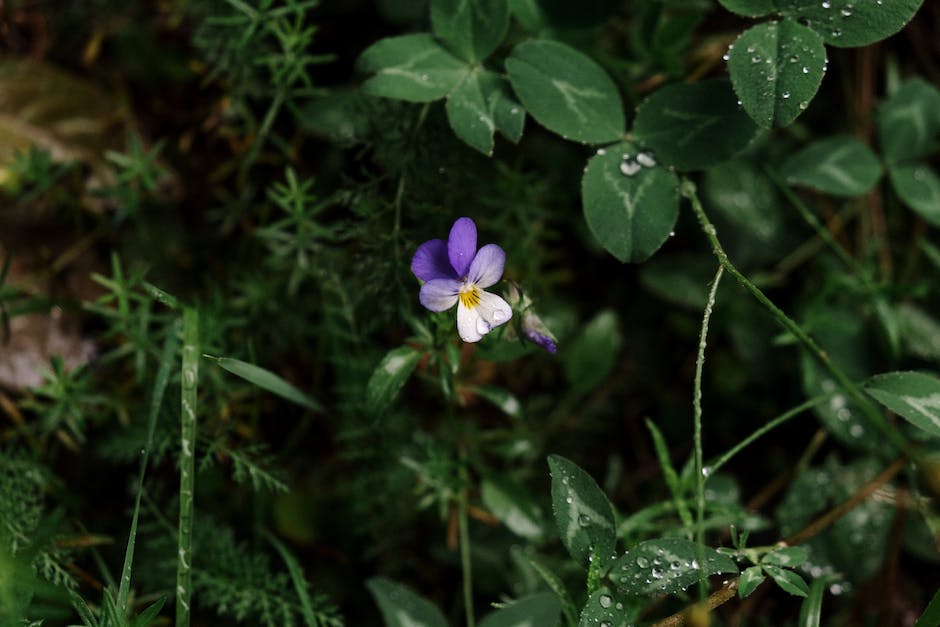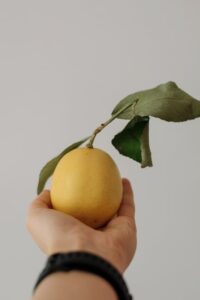Hey there, fellow plant lovers! Today, I want to talk to you about a common issue that many of us face with our beloved pansies – dark spots. These menacing spots caused by fungal infections can really take away from the beauty of our plants. But fear not! I’m here to share some tips and remedies to help you combat and prevent those pesky dark spots on your pansies.
Identifying the Culprits
Pansy plants can develop dark spots for various reasons, and two common culprits are Mycocentrospora acerina and Colletotrichum species. Mycocentrospora causes dark leaf spots, stem lesions, wilting, and even plant collapse. On the other hand, Colletotrichum species result in browning and blotching of the leaves, a condition known as anthracnose.
So, if you notice your pansy leaves with dark spots, it’s likely due to a fungal infection caused by either Mycocentrospora or Colletotrichum. It’s important to take action promptly to prevent the spread and save your plants.
Combatting Dark Spots on Pansies
When it comes to tackling dark spots on pansies, prevention is key. Here are a few steps you can take:
- Proper watering: Avoid over-watering as moisture can promote fungal growth. Ensure your pansies have well-draining soil to prevent waterlogged roots.
- Avoid overhead watering: Watering the soil directly around the base of the plant instead of spraying water from above can help minimize fungal spread.
- Remove infected leaves: If you spot any heavily affected leaves, remove them immediately to prevent further contamination.
- Fungicidal sprays: As a preventive measure, you can use a fungicidal spray specifically formulated for pansies. Follow the instructions on the product and apply as directed to protect your plants.
Remember: prevention is always better than cure, so keeping a close eye on your pansies and taking proactive steps will help keep those dark spots at bay.
How to Incorporate Pansy for Dark Spots into Your Skincare Routine
Did you know that pansy also has skincare benefits? Pansy extract can help brighten the skin and reduce the appearance of dark spots caused by sun damage or other factors. Here’s how you can incorporate pansy into your skincare routine:
- Pansy-infused toner: Look for skincare products that contain pansy extract or make your own toner by steeping dried pansy petals in water and using it as a refreshing facial toner.
- Loading up on antioxidants: Pansies are rich in antioxidants that help fight against free radicals and protect the skin from damage. Look for skincare products that contain pansy extract or other antioxidant-rich ingredients.
- Spot treatment: If you have specific dark spots on your skin, try using a pansy-infused spot treatment. Apply a small amount directly to the affected area and gently massage it in.
Incorporating pansy into your skincare routine can be a natural and effective way to tackle those stubborn dark spots and achieve a radiant complexion.
How to Make Pansy Cream/Face Mask at Home
If you prefer a DIY approach, making your own pansy cream or face mask is easier than you think. Here’s a simple recipe:
Mix together 2 tablespoons of mashed ripe avocado, 1 tablespoon of honey, and a handful of crushed pansy petals. Apply the mixture to your face and leave it on for 15 minutes. Rinse off with warm water and pat your skin dry. Enjoy the pampering and the potential skin benefits!
There you have it, folks – a foolproof guide to tackling dark spots on your pansies and incorporating pansy into your skincare routine. Remember to be diligent in your plant care, use preventative measures, and enjoy the beauty of your pansies!
Happy gardening and glowing skin!
Discoveries Unveiled by Science on Pansies and Their Link to Dark Spots
Hello there! You’ve been diving into the world of pansies and their connection to dark spots. I had a fascinating time poring over scientific studies that shed light on this beautiful flower’s secrets. Let me share what I’ve learned from researchers who’ve been studying up close the intricate patterns of these flowers.
First off, a study titled “Pansy: a plumage color mutant in Japanese quail” by M Tsudzuki and N Wakasugi intrigued me. Although it primarily talks about Japanese quail, I found a curious parallel with our topic. They describe a pansy plumage which is characterized by a fascinating combination of red, black, and white — akin to our pansy flowers that also display a vivid array of colors. The scientists discovered that this color is due to an autosomal recessive gene, denoted by the symbol ps.
In their work, when they crossed two quails with this pansy plumage, they only got offspring with the same coloration. This simple fact made me wonder about the underlying genetics that could also influence the patterns and spots on pansy petals. Fascinating, isn’t it?
Moving from feathers to petals, Tyramine and tyrosine decarboxylase gene contributes to the formation of cyanic blotches in the petals of pansy (Viola× wittrockiana) caught my eye. The authors, including W Yang and T Peng, focus on pansy flowers themselves. Their study highlights how specific genes contribute to the dramatic cyanic blotches on pansy petals.
Let me bullet out the key insights for you:
- Genetic magic happens in Viola × wittrockiana, which is one of the scientific names for our beloved pansies.
- Scientists used some advanced techniques to find a gene that seems to play a big role in creating those dark splotches we see.
- qRT-PCR, a method I read about, was deployed to study how active this gene is in different parts of the pansy.
- They uncovered that tyramine, a molecule we usually don’t think about when admiring flowers, acts as a co-pigment – that’s a sidekick to the main pigment, so to speak – which helps form the blotches.
“This study can provide new insight for the understanding and regulation patterns of flower color spots.”
That’s a direct quote from their research, and it’s a beautiful reminder of how complex and enchanting nature can be, even at the microscopic level.
So, there you have it. Just as I thought those dark spots on pansies were simply for beauty, science showed us there’s much more beneath the surface. It’s fascinating what secrets plants hold in their genetics, and I’m here for it!
Tune in for more science chats where we uncover the mysteries of the natural world together.
Answering your Questions on Pansy for Dark Spots
Hello, I'm Kristen Blake—a passionate advocate for radiant, youthful skin at any age. At 46, my life's work blooms from an unquenchable curiosity about the active ingredients that promise us the elixir of youth in a bottle. My days are spent immersed in the latest scientific research; every study, every breakthrough, fuels my journey.
But for me, the pursuit is more than academic. I test the wisdom of science on my own skin, embracing each wrinkle as a whispering challenge, and every age spot as a riddle to solve. As I decode the secrets of anti-aging, my experience becomes a beacon for those who seek guidance in the graceful art of growing older without losing their sparkle.
Join me as I share my discoveries and help you navigate the ever-evolving landscape of skin care. Together, we'll celebrate beauty that doesn't fade, but matures with wisdom and self-care.




